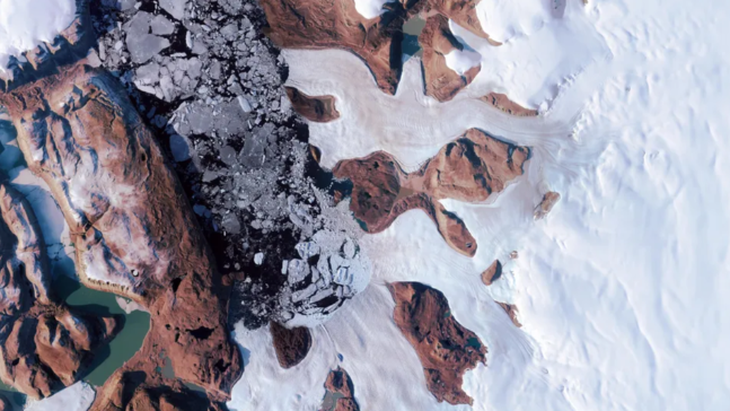
Image of Harder Glacier in northern Greenland, where an underground flood has broken the ice and flowed onto the surface - Photo: ESA
A new international study published in the journal Nature Geoscience has documented an unprecedented phenomenon in Greenland: an underground lake deep under the thick ice sheet suddenly emerged and caused serious subsidence on the ice surface.
This phenomenon occurred in the summer of 2014 when an underground lake with a capacity of about 90 million m³ suddenly disappeared within 10 days. Water from this lake rose to the surface, broke the ice layer above and created a crater 2km 2 wide and about 85m deep.
Using satellite data from the European Space Agency (ESA) combined with 3D models simulating the terrain, the research team found that the water spraying up has a very high pressure, enough to break the ice surface up to 25m thick and create long cracks. This is what erodes the ice surface and significantly changes the terrain of the area.
Notably, the area where the above phenomenon occurred is located in a region with a layer of permafrost, showing that hydrostatic pressure had accumulated over a long period of time and when reaching the threshold, it broke the ice structure from bottom to top.
Dr Jade Bowling from Northumbria University (UK) - representative of the research team - said that the team initially doubted the accuracy of the collected data, because this phenomenon contradicted previous scientific understanding. However, after comparing and confirming the data sources, the team came to the conclusion that this was a new ice melting mechanism, something that had never been observed before.
The push of groundwater to the surface could have a larger-than-expected impact on the stability of the Greenland Ice Sheet. For example, the buildup and release of energy from underground lakes could cause large-scale fractures that accelerate ice melt and contribute to sea level rise.
The team recommends continued surveying and monitoring of areas with potential subglacial groundwater accumulation, and updating climate and ice melt models to promptly reflect new mechanisms that may influence global environmental variability.
Source: https://tuoitre.vn/bat-ngo-ho-nuoc-ngam-troi-len-tu-mat-bang-greenland-20250803084545428.htm






















































![[Maritime News] Two Evergreen ships in a row: More than 50 containers fell into the sea](https://vphoto.vietnam.vn/thumb/402x226/vietnam/resource/IMAGE/2025/8/4/7c4aab5ced9d4b0e893092ffc2be8327)




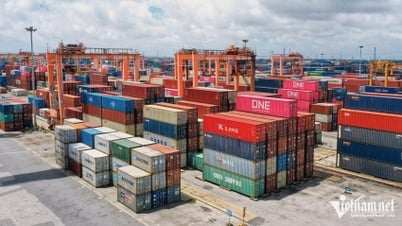
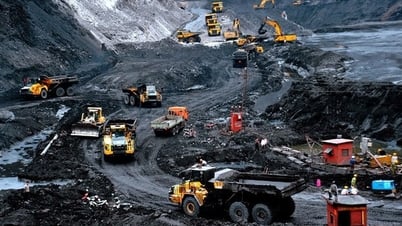







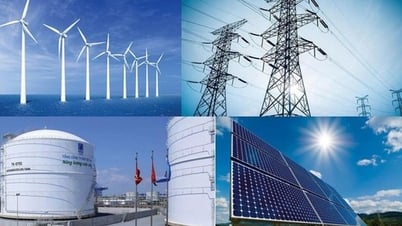



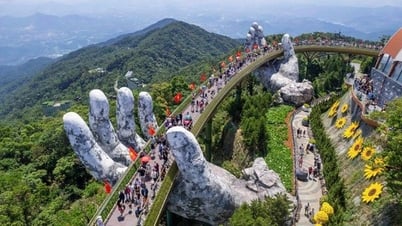


























Comment (0)